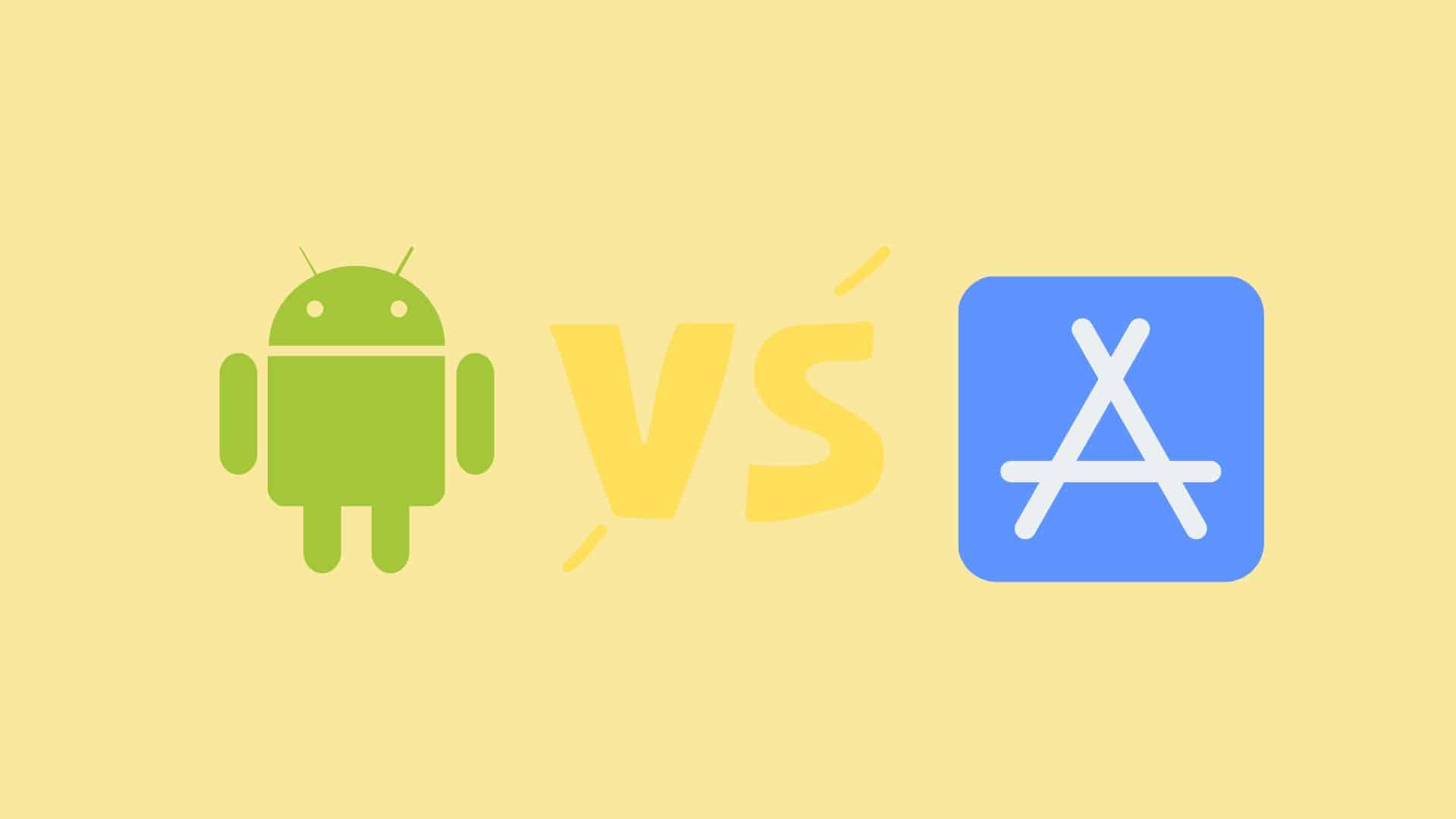Table of Contents
The vast amount of personal and sensitive information stored on these small devices makes them a prime target for various threats. In December 2022 alone, a staggering 2.2 million mobile cyber attacks ravaged the global community. Poised to reach an astonishing milestone of 6.2 billion users, understanding the security implications of selecting a mobile operating system becomes essential.
This article compares the security features and approaches of two popular operating systems. It examines factors such as operating system security, app store vetting processes, device encryption, biometric authentication, and security updates.
Operating System Security
The OS manages various aspects of the device and implements security features like permissions, encryption, and updates. iOS and Android are the dominant operating systems in the smartphone market, each with distinct security measures.
iOS is a closed system that limits user modifications and safeguards its source code. This complexity makes it challenging for hackers to find vulnerabilities. iOS enforces strict security and privacy controls for apps and updates, ensuring adherence to guidelines. Sandboxing isolates apps, preventing unauthorized access. iOS provides fewer opportunities for malware if users download apps exclusively from the official Apple App Store.
In contrast, Android is an open-source system that allows customization but exposes users to higher risks. Android users can download apps from various sources, including less secure third-party app stores. Android apps often request dangerous permissions and collect more data compared to iOS. Security features and patching mechanisms vary across different Android devices, making them susceptible to software bugs and vulnerabilities.
App Store Vetting Processes
Smartphone security is influenced by the app store vetting processes of the Apple App Store and the Google Play Store. The Apple App Store follows a stringent approach, requiring developers to meet specific guidelines and undergo manual reviews. Apps failing to meet the criteria are rejected, and user feedback is used to rate apps. The process takes around 2 days on average.
In contrast, the Google Play Store is more flexible, relying on automated scanning and user feedback to identify malicious apps. Approval is faster, often within a few hours. However, this approach can introduce security risks associated with third-party or unknown sources. Users should consider these differences when choosing an app store.
Device Encryption
Device encryption is a crucial aspect of smartphone security, protecting user data from unauthorized access in case of theft or loss. iOS and Android, the two prominent smartphone operating systems, have distinct encryption features. iOS devices have automatic encryption enabled by default, using a secure enclave chip to generate encryption keys. Protected by the user’s passcode or password, these keys encrypt several personal data on the device and in iCloud backups.
On the other hand, Android devices offer optional encryption that only applies to data on the device, using a software-based key derived from the user’s password. While iOS provides robust security through hardware and software keys, Android offers more flexibility by separating encryption from cloud backups. However, this flexibility introduces potential vulnerabilities associated with a software-based key.
Biometric Authentication
Biometric authentication is a crucial security feature for smartphones, providing convenient and secure access through fingerprint or face recognition technology. iOS and Android offer distinct biometric authentication methods. iOS devices utilize Touch ID and Face ID, which store biometric data locally and have impressive false acceptance rates of 1 in 50,000 and 1 in 1,000,000, respectively.
On the other hand, Android devices employ various fingerprint and face recognition technologies, depending on the manufacturer and model. Users should consider these factors when selecting their preferred biometric authentication method.
Security Updates
Security updates are crucial for protecting smartphones from vulnerabilities and exploitation by hackers. In the realm of smartphone security, iOS, and Android have distinct approaches to delivering these updates. Apple takes charge of delivering prompt and consistent security updates for iOS devices. These updates are available for five years after the device’s initial release.
On the other hand, Android devices receive security updates from multiple stakeholders, including Google, manufacturers, and carriers. While Google releases monthly updates, the availability and timing of these updates vary across devices. It can lead to delayed or nonexistent updates, especially for older or low-end devices.
Enhancing Security Features
iPhone and Android devices come equipped with security features. But these measures are not infallible or all-encompassing. It is imperative to explore supplementary applications or configurations that can augment the security of both operating systems.
VPNs establish secure connections by encrypting data, protecting against threats in the digital landscape. VPNs also offer benefits such as anonymity, bypassing censorship, and accessing geo-restricted content. Recommended VPN apps prioritize encryption, have a strict no-logs policy, and offer a wide server network.
Reliable password managers address the importance of strong, unique passwords and the risks of password reuse. These apps generate and store strong passwords in an encrypted vault protected by a master password. Password manager apps are available for both iPhone and Android, ensuring compatibility and synchronization across devices and browsers.
iPhone devices are undeniably more secure than Android devices, offering unparalleled protection across all aspects. However, both operating systems have their own security strengths and vulnerabilities. Users can enhance their security by following best practices. Additionally, using advanced tools such as VPNs and password managers can provide an extra layer of protection.



